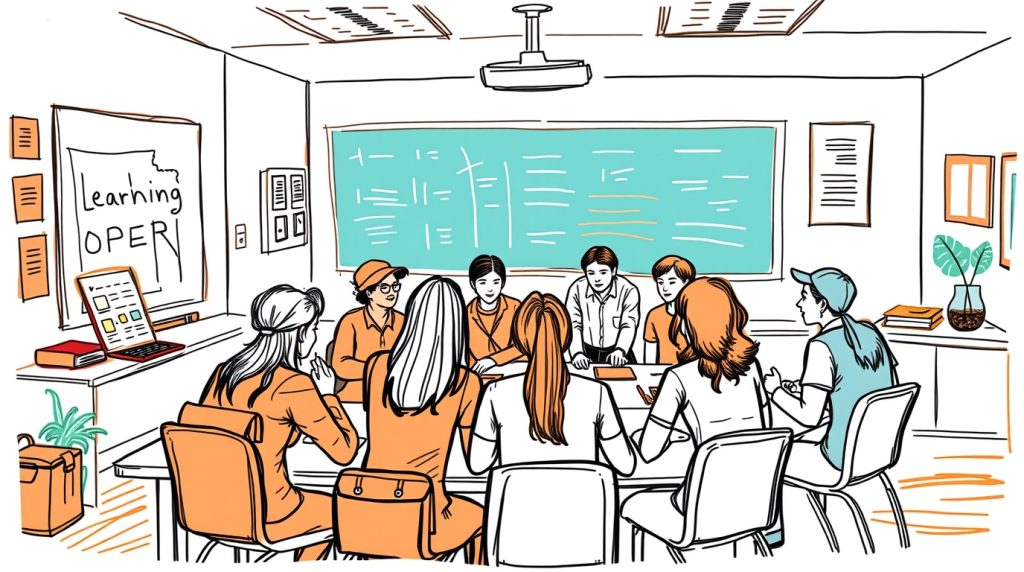Inclusive education aims to provide equal learning opportunities for all students, regardless of disabilities, socio-economic background, or other marginalized identities. Achieving this goal requires a collaborative effort from School Management Committees (SMC), Education Administration, and Policymakers. Their collective initiatives ensure the development of an equitable and inclusive education system that benefits children with disabilities, underprivileged groups, and other vulnerable communities.
Role of the School Management Committee (SMC)
1. Implementing Inclusive Education Policies
- Ensuring equal opportunities and rights for all students within the school environment.
- Taking necessary steps to train teachers and create an inclusive learning atmosphere.
2. Providing Psychological and Social Support to Students
- Encouraging a compassionate attitude towards students with disabilities and special needs.
- Promoting collaborative learning among students to foster peer support.
3. Enhancing School Infrastructure
- Installing ramps, wheelchair-accessible facilities, and other necessary accommodations.
- Providing Braille books, audiobooks, and assistive hearing devices for students with disabilities.
- Creating an aesthetically appealing and integrated learning space within classrooms.
4. Strengthening Teacher-Parent Collaboration
- Organizing teacher training programs focused on inclusive education strategies.
- Raising awareness among parents and actively involving them in school activities to support their children’s education.
5. Budgeting and Fundraising
- Securing support from government and non-governmental organizations to fund inclusive education programs.
- Seeking financial assistance from local and international organizations to enhance school facilities and resources.

Role of Education Administration
1. Policy Development and Implementation
- Formulating policies and action plans that promote inclusive education.
- Establishing non-discriminatory admission policies to ensure equal access for all students.
2. Teacher Training and Capacity Building
- Conducting specialized training sessions to equip teachers with the skills needed to support students with disabilities and special needs.
- Integrating multimedia and technology-based training approaches to enhance inclusive education practices.
3. Creating a Supportive Learning Environment
- Supplying schools with essential learning materials such as Braille books, audiobooks, and digital tools.
- Ensuring mental health support services and counseling for students with disabilities and special educational needs.
4. Monitoring and Evaluation
- Conducting school inspections to assess the effectiveness of inclusive education practices.
- Tracking student participation and engagement, particularly for students with disabilities and special needs.
5. Encouraging Local and International Partnerships
- Strengthening collaboration with governmental and non-governmental sectors to expand inclusive education programs.
- Seeking support from international organizations, NGOs, and donor agencies to enhance resources and funding.
1. Policy Development and Legislative Support
- Making necessary amendments to national education policies to promote inclusive education.
- Introducing special admission policies, scholarships, and financial support initiatives for students with disabilities and underprivileged backgrounds.
2. Increased Budget Allocation and Investment
- Allocating additional funding to support inclusive education initiatives.
- Investing in technology and digital learning tools to facilitate accessible education.
3. Teacher Training and Professional Development
- Designing long-term training programs focused on inclusive education methodologies.
- Adopting international best practices while ensuring alignment with local educational needs and realities.
4. Establishing Legal Frameworks for Inclusive Education
- Enacting laws that align with global human rights and education agreements to uphold inclusive education rights.
- Implementing legal provisions to guarantee the right to education for children with disabilities and marginalized groups.
5. Promoting Research and Innovative Educational Strategies
- Conducting studies and piloting innovative projects to enhance inclusive education methodologies.
- Expanding the use of digital learning platforms and e-learning tools to make education more accessible to diverse learners.
Conclusion
Inclusive education is more than just a policy—it is a fundamental right that ensures every child has equal access to quality learning. By working together, School Management Committees, Education Administration, and Policymakers can create an educational landscape that embraces diversity and provides an equitable learning experience for all. Their combined efforts can lead to the development of a more just, inclusive, and progressive society where education is a tool for empowerment and social change.

